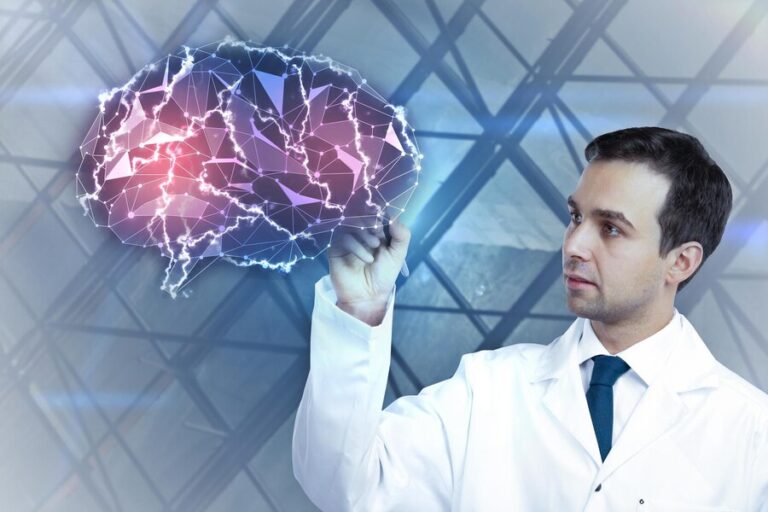Unraveling the Mystery of Migraines: Causes, Symptoms, and Management.
Migraines, often dismissed as mere headaches, are intricate neurological events that have a profound impact on those affected. This comprehensive exploration aims to demystify migraines, shedding light on their causes, symptoms, and a diverse array of management strategies. As we delve into the intricacies of this often debilitating condition, we hope to provide valuable insights that empower individuals to navigate their migraine journey with knowledge and resilience.
Understanding Migraines
Migraines represent more than just painful headaches. They are neurological episodes characterized by intense, throbbing pain, typically localized on one side of the head. Accompanying symptoms such as nausea, sensitivity to light and sound, and, in some cases, visual disturbances known as auras, distinguish migraines from ordinary headaches. While the precise cause of migraines remains elusive, a multifaceted interplay of genetic, neurological, and environmental factors is believed to contribute to their onset.
Causes
- Genetics: The familial nature of migraines suggests a genetic predisposition. Individuals with a family history of migraines are more likely to experience them.
- Neurological Factors: Migraines involve complex interactions within the brain, particularly the brainstem, and the trigeminal nerve, a major pain pathway. Changes in these regions can trigger migraines.
- Environmental Triggers: Various factors can act as catalysts for migraines. Stress, hormonal fluctuations, lack of sleep, specific foods, and environmental stimuli like bright lights or loud noises are known triggers.
Symptoms
Migraine symptoms manifest uniquely in each individual, but common features include:
- Throbbing Headache: The hallmark of migraines, often concentrated on one side of the head.
- Sensitivity to Light and Sound: Photophobia and phonophobia are prevalent during migraines, prompting many sufferers to seek solace in dark, quiet environments.
- Nausea and Vomiting: Gastrointestinal symptoms frequently accompany migraines, contributing to the overall discomfort.
- Aura: Auras precede migraines in some cases, presenting as visual disturbances such as flashing lights, blind spots, or zigzag lines.
Management Strategies
Effectively managing migraines involves a multifaceted approach tailored to individual needs. Various strategies, ranging from lifestyle modifications to pharmaceutical interventions, aim to alleviate symptoms and reduce the frequency of migraine attacks.
- Medications: Over-the-counter pain relievers like ibuprofen or acetaminophen can be effective for mild migraines. For more severe cases, prescription medications designed specifically for migraines, such as triptans or ergots, may be recommended.
- Lifestyle Modifications: Identifying and addressing triggers is pivotal. Maintaining a regular sleep schedule, managing stress through techniques like mindfulness or relaxation exercises, and avoiding specific foods or environmental factors can significantly impact migraine frequency.
- Cognitive Behavioral Therapy (CBT): CBT assists individuals in identifying and coping with stressors that may contribute to migraines. This therapeutic approach aims to modify negative thought patterns and behaviors, potentially reducing the impact of migraines.
- Biofeedback: This technique empowers individuals to control physiological functions, such as muscle tension, that may contribute to migraines. By providing real-time feedback, biofeedback helps individuals learn to manage and prevent migraine triggers.
- Preventive Medications: In cases of chronic migraines, healthcare providers may prescribe medications to prevent or reduce the frequency of attacks. These may include beta-blockers, antidepressants, or antiepileptic drugs.
Conclusion
Migraines stand as a complex and often misunderstood facet of neurological health. By unraveling the mystery surrounding their causes, symptoms, and management strategies, individuals can proactively engage in their healthcare journey with a deeper understanding. It is imperative for those experiencing frequent or severe migraines to seek guidance from healthcare professionals for a personalized approach to diagnosis and management.
Empowered with knowledge, individuals can navigate the intricate landscape of migraines, making informed decisions that align with their unique needs. With the right combination of lifestyle modifications, medications, and professional support, many individuals can regain control over their lives and minimize the disruptive impact of migraines on their daily activities.
In the ongoing quest to demystify migraines, collaboration between healthcare providers and individuals remains key. By fostering open communication and a comprehensive understanding of the condition, we move closer to unraveling the intricacies of migraines and enhancing the quality of life for those affected by this neurological phenomenon.







